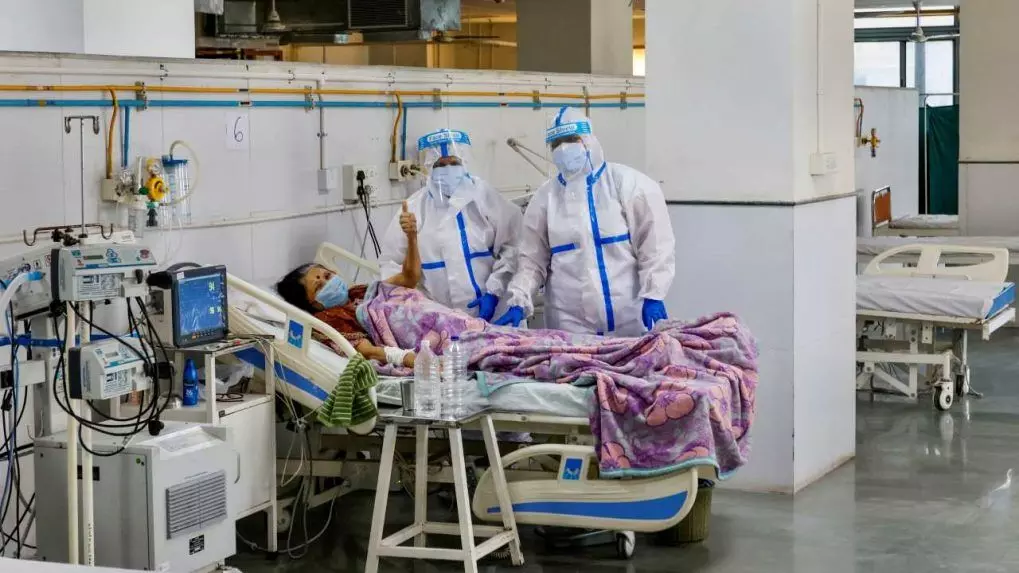Hyderabad study: Early intervention, close monitoring helped in Covid 19 second wave
SpO2 levels and NLR value determined severity of Covid cases
By Neelambaran A
Representational Image.
Hyderabad: The second wave of Covid-19 in India in 2021, triggered by its delta variant, resulted in devastating consequences for many in India. With shortage of oxygen and ventilators, people lost their lives without proper medical intervention.
A comprehensive analysis of the Covid-19 wave which hit the country from March to September 2021, based on key variables such as SpO2 level during admission, neutrophil-to-lymphocyte ratio (NLR), age of the patients and treatment received including the administration of remdesivir has revealed crucial outcomes.
SpO2 levels and NLR value determined severity of Covid cases
Dr Kiran Madhala, secretary general of the Telangana Teaching Government Doctors Association (TTGDA), currently serving as the professor at Gandhi Medical College, Secunderabad, has analysed data collected from 100 patients at the Government Medical College, Nizamabad, during the second wave of the pandemic.
An important finding of the study was that critical outcomes were found among patients with SpO2 levels below 70 and with NLR value above 7.
“Patients with SpO2 levels below 70 per cent were more likely to be classified as critical. Those with mean SpO2 levels around 80 per cent on admission were considered stable,” Dr Kiran Madhala said.
Severity by age and gender
The age of the patients too played an important role in their survival after being tested positive for Covid-19. Those with relatively higher age and women in particular were prone to be severely affected by the delta variant.
“Older patients, particularly those above 65 years were disproportionately represented among critical outcomes. Female patients were more frequently reported in the critical group, likely due to age and comorbidity factors,” Dr Kiran Madhala added.
Treatment with remdesivir
The demand for remdesivir was sky high during the second wave, since critical patients were administered the drug, along with medical oxygen supply.
The analysis of Dr Kiran revealed that stabilisation was high among patients administered remdesivir earlier, than those who were provided with it after becoming critical.
“The stabilisation was around 85 per cent when remdesivir was given early and was administered to patients with moderate SpO2 levels (64% to 88%),” the analysis report noted.
Early intervention proved critical
The progression of infection due to the delta variant was very quick and people succumbed to the infection when the treatment was delayed due to shortage of medical oxygen, hospitalisation and ventilators.
“Early intervention, targeted therapies and close monitoring of high-risk groups can significantly improve outcomes. Statistical analysis underscores the importance of SpO2 and NLR as key predictors, with actionable insights for clinical decision-making,” Dr Kiran’s study mentioned.